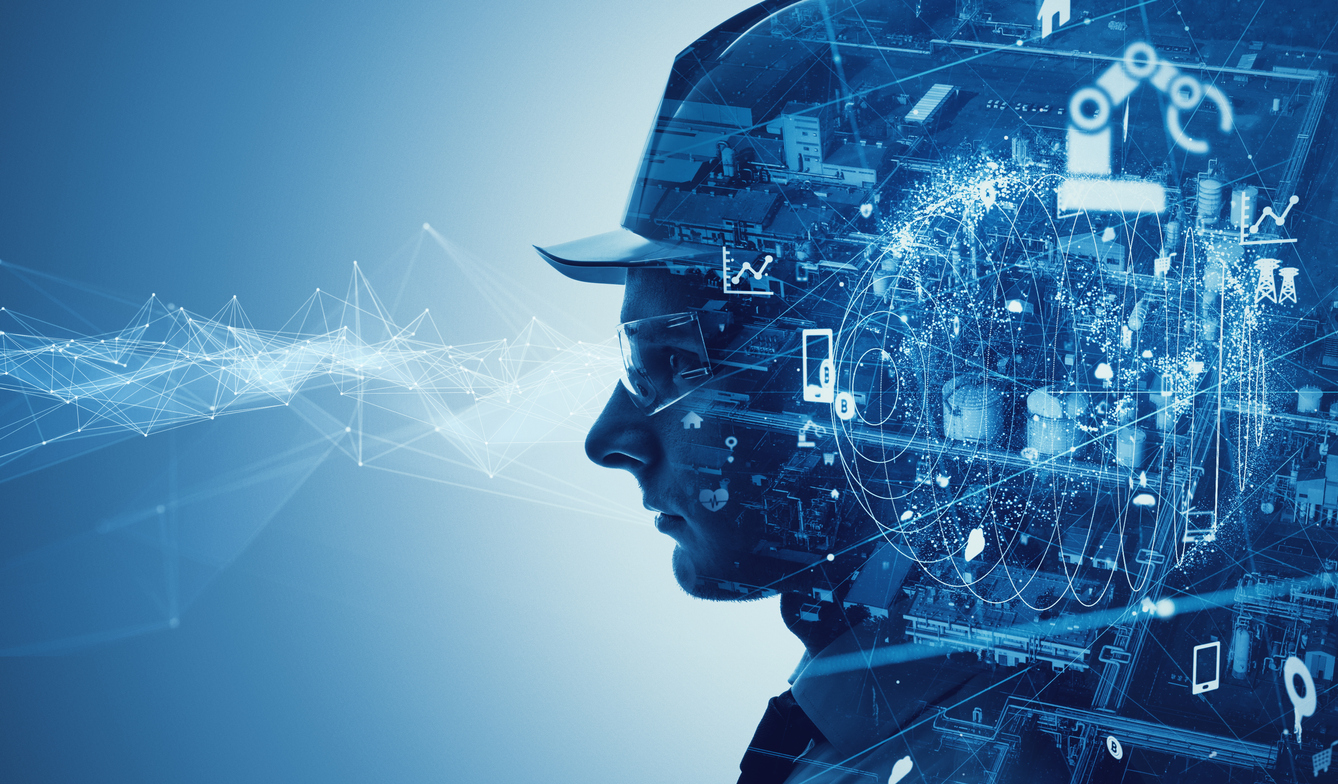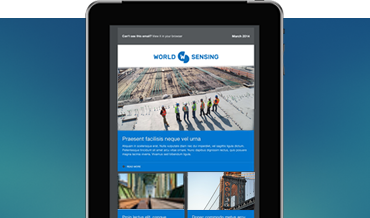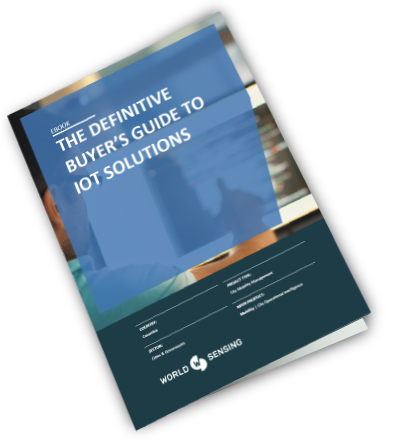Remote sensing in times of COVID-19: just what the doctor ordered
Businesses worldwide are being upended by the COVID-19 pandemic caused by a new strain of coronavirus. Across the world, workers are staying at home to contain the spread of contagion. Construction is halting. Mining is being paused. Traffic is disappearing. But even when critical infrastructure lies idle, it still needs to be monitored. Bridges don’t stop collapsing just because nobody is inside them. Dams don’t cease to develop faults when the people below them stop moving around.
In fact, you could argue that the need for monitoring is keener now than at other times. Industry insiders have revealed that manual monitoring operations have fallen to a minimum as a result of lockdown policies. With fewer people out and about, there is more of a chance that problems with critical infrastructure could go unnoticed. Fewer checks are being carried out. Maintenance is on hold. For companies that rely on manual monitoring, this is a problem.
The risk of exposing workers to COVID-19 has to be balanced against the risk of missing potential infrastructure faults. Neither risk is desirable. And this is a problem that won’t go away. The current wave of COVID-19 cases could be followed by others. Hence, it is of paramount importance to make sure monitoring operations are resilient in the face of events such as the coronavirus pandemic.
The benefits of remote monitoring
As it stands, organizations that have deployed remote sensing technologies have much less to worry about. Wireless monitoring systems allow the state of critical infrastructures to be checked from anywhere in the world. As Albert Zaragoza says: “Where people cannot move freely, as we are living now, the fact that you can continue your operations in a remote way, without putting any lives at risk, makes this technology worthwhile to explore.”
Clearly, companies have not installed remote monitoring systems in anticipation of a global shutdown caused by a pandemic. The most common driver for installations is financial, since remote monitoring offers a clear return on investment. In the current context, though, such systems are helping maintain the safety of critical infrastructures while allowing monitoring personnel to stay safe as well, accessing control dashboards and similar tools without having to travel.
Allowing work to carry on from home
Zaragoza says: “In these times, … it’s more important to be able to monitor all your assets from a centralized point.”
This can be an office, he says, or “right now, with the cloud computing available, from home. Our customers have really potent IT departments. They are able to have their employees monitor their infrastructures from home, thanks to our technology. That’s a great asset.”
In cases where work must go on, for example at the Jewel Changi Airport construction project, remote sensing systems mean monitoring teams can carry out their work without having to mingle with construction workers, helping social distancing measures. And as uncertainty continues over the duration of lockdowns around the world, monitoring technicians can rest assured that systems such as the Worldsensing product range are designed to last for years in the field without needing maintenance or replacement.
The coronavirus emergency is shedding light on many often-overlooked facets of modern society, from the need for resilient healthcare systems to the value of cohesive social action. And when it comes to critical infrastructure, says Zaragoza: “I believe it’s really important to have our technology deployed in there.”


